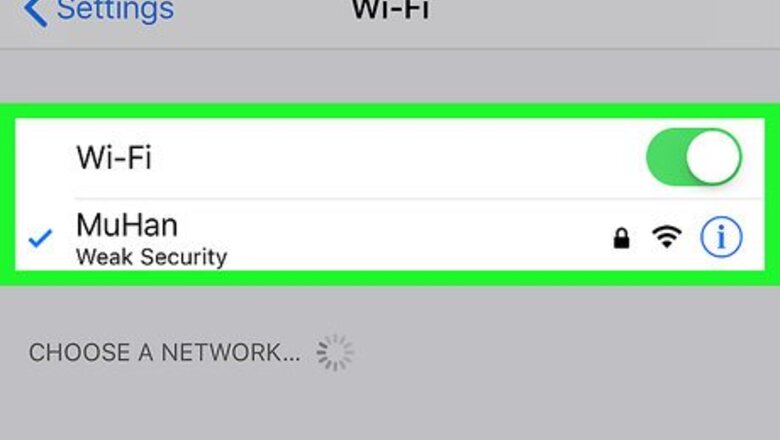
views
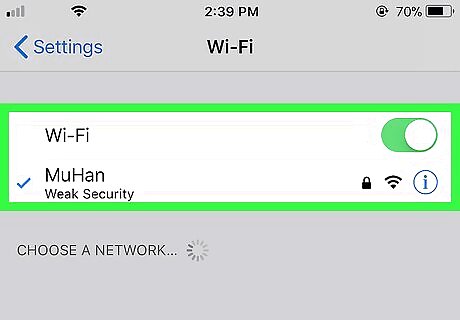
Make sure both the sender and receiver are connected to the internet. iMessages are transferred over the internet, so both users should be connected Wi-Fi or cellular data. Android users cannot send or receive iMessages. Messages that appear in green are SMS/MMS messages, while messages in blue are iMessages.

Open your iPhone's Settings iPhone Settings App Icon. You'll usually find this app on the home screen.

Tap Messages. It's the green icon with a white chat bubble inside.
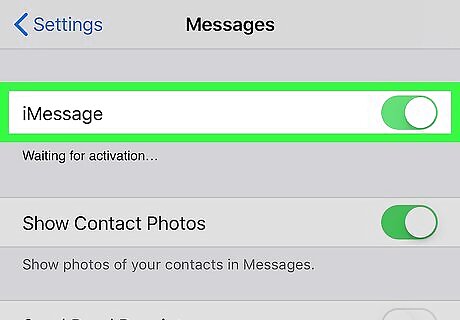
Slide the “iMessage” switch to On iPhone Switch On Icon. If the switch was already green, there's no need to toggle this switch.
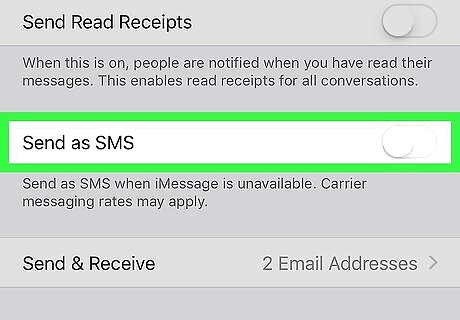
Slide the “Send as SMS” switch to Off iPhone Switch Off Icon. Keep in mind that if you're messaging someone who has an Android or any phone that isn't an iPhone, you will be unable to send them text messages while this switch is off.
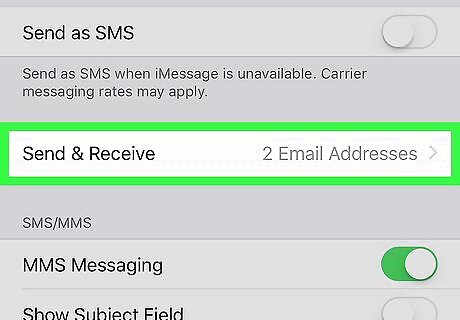
Scroll down and tap Send & Receive. Some contact information will appear.
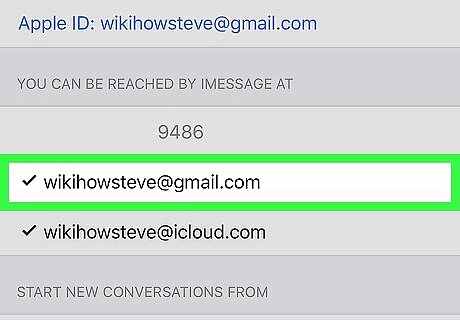
Select your email address and phone number. They appear beneath the “YOU CAN BE REACHED BY IMESSAGE AT” header. If you don't see a check mark to the left of both items, tap the item so it appears.

Press the Home button to return to the home screen.
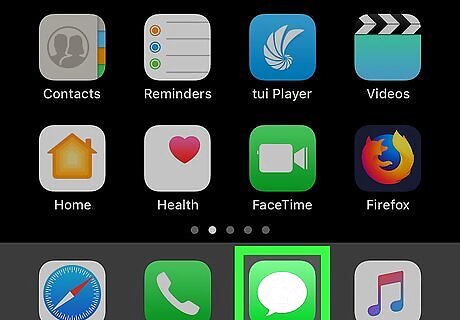
Open Messages. It's the green icon with a white chat bubble inside. You'll usually find it on the home screen.
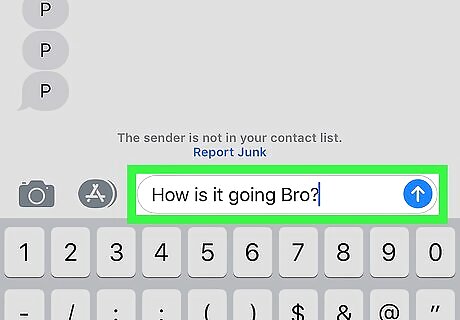
Send a message. Any message you send will now go through as an iMessage instead of an SMS or MMS message. If the message doesn't go through, try restarting your iPhone. When you're finished, it's a good idea to turn SMS messages back on so you can send messages to people who don't have iPhones. Here's how: Open Settings iPhone Settings App Icon. Tap Messages. Slide “Send as SMS” to the On position.




















Comments
0 comment